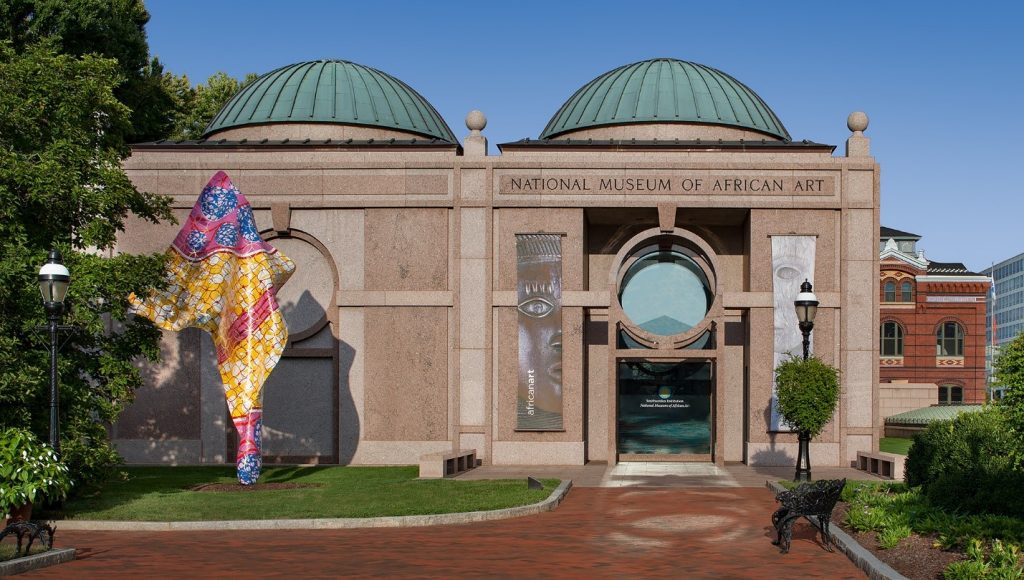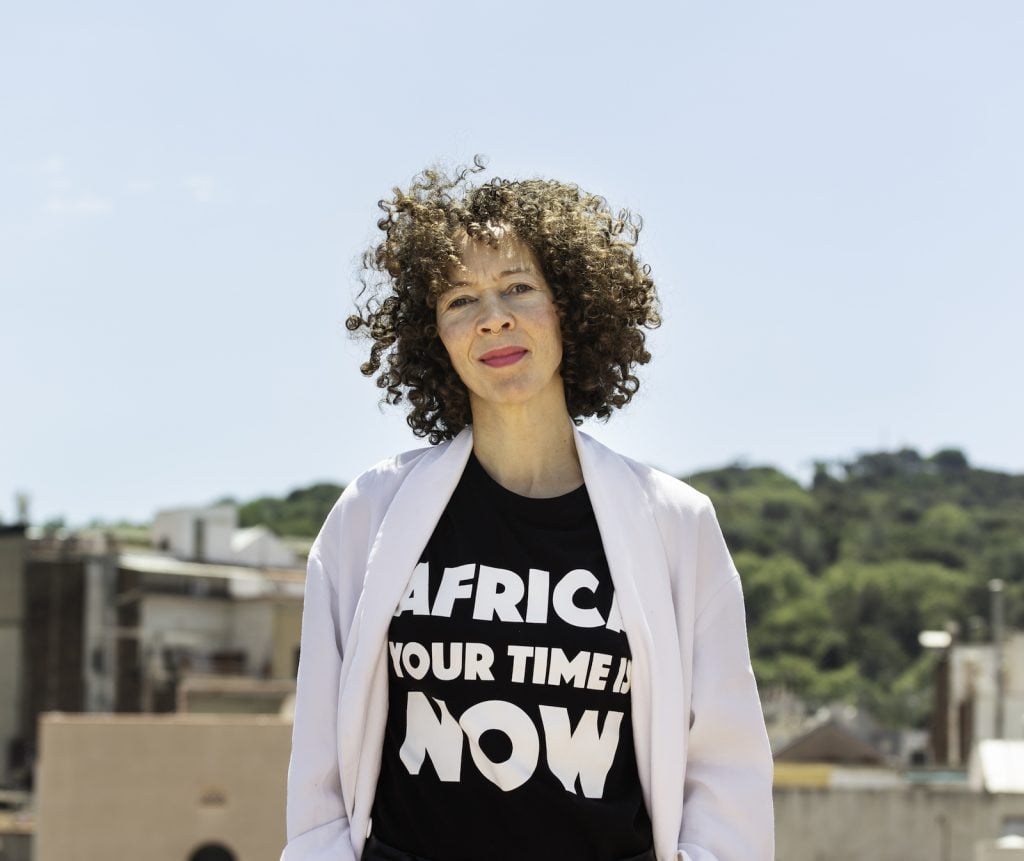Museums & Institutions
Smithsonian’s National Museum of African Art Names New Leadership Team
John K. Lapiana has been appointed director after a year and a half in an interim role following the abrupt departure of Ngaire Blankenberg.

John K. Lapiana has been appointed director after a year and a half in an interim role following the abrupt departure of Ngaire Blankenberg.

Sarah Cascone

Smithsonian Institution’s National Museum of African Art has named John K. Lapiana as director after a year and a half as interim director. Heran Sereke-Brhanas has been tapped as the new deputy director. The appointments follow a series of leadership changes in rapid succession over the last few years at the Washington, D.C. museum.
Lapiana, who joined the institution as deputy director in spring 2022, was pressed into service in April 2023 following the sudden departure of the museum’s previous leader, Ngaire Blankenberg. After guiding the institution through a transition phase, hiring staff, and leading plans for the museum’s 60th anniversary this year, Lapiana said in a statement that he has “gotten to know the museum well” during his tenure as interim director.
“I’m very excited to work with the museum’s dedicated staff and advisory board to share African arts, cultures and knowledge with audiences across the nation and around the world,” he added.

The Smithsonian Institution’s National Museum of African Art in Washington, D.C. Photo courtesy of the Museum of African Art, Washington, D.C.
When Lapiana stepped into the interim role, Blankenberg had spent less than two years in the top post at the museum, which has experienced an unusual amount of turnover in its director role in recent years. Johnnetta Betsch Cole held the top post for eight years, from 2009 to 2017. But the last years of her tenure were marked by controversy when the museum presented an exhibition of Bill Cosby’s art collection. The show was announced in September 2014, just a month before a stand-up routine by comedian Hannibal Buress questioned Cosby’s “teflon image” in light of numerous sexual assault allegations that had been public for over a decade.
Despite mounting criticism of the actor’s alleged criminal actions, the museum opened the show that November, and kept it on view even as Cosby went to trial for sexual assault in January 2016. Cole, who had also quietly accepted a $716,000 gift from the Cosbys funding the show, announced her retirement at the end of that year.
Her successor, Augustus “Gus” Casely-Hayford only served for two years before accepting a job as head of the new east London outpost of the Victoria & Albert Museum. (It originally would have housed the Smithsonian’s first overseas location.) In the wake of his departure, the Museum of African Art museum was rocked by allegations of a “culture of racism.”
The situation did not seem to improve under Blankenberg. She resigned after less than two years, citing the challenges of “individual and institutional resistance and then backlash.”

Ngaire Blankenberg. Photo courtesy of the National Museum of African Art, Washington, D.C.
In its announcement of its new leadership, the museum praised Lapiana’s efforts promoting fundraising and improving the visitor experience, as well as supporting the Smithsonian’s Shared Stewardship and Ethical Returns policy, which saw the repatriation of the collection’s Benin Bronzes.
Lapiana joined the Smithsonian in 1998 as an attorney in the general counsel’s office. His previous roles have included chief of staff for the Smithsonian Board of Regents from 2007 to 2013, and acting assistant Secretary of Communication and External Affairs from 2015 to 2017. Concurrent to his work at the Museum of African Art, Lapiana has also been the senior advisor to the under secretary for museums and culture since 2017.
Sereke-Brhanas is an author, researcher, and organizer who specializes in Ethiopian art, material culture, and social and political history. She was previously vice president of the Arts Consulting Group in Washington, D.C. From 2015 to 2017, she served as deputy director for the D.C. Mayor’s Office on African Affairs, where she oversaw programmatic initiatives and ensuring access to social services for immigrant African diaspora residents.
“This is an incredible opportunity,” Sereke-Brhan said, adding that her studies and travels throughout Africa and her personal experience of growing up in Ethiopia “taught me the depth and strength of Africa’s cultural and artistic diversity and its connection to the rest of the world.” The museum, she said, “honors and showcases this breadth and complexity.”
The Smithsonian’s National Museum of African Art is dedicated solely to the collection, conservation, study and exhibition of Africa’s arts. The museum’s collection of over 13,000 artworks spans more than 1,000 years of African history and includes a variety of media from across the continent.
“The National Museum of African Art is one of the Smithsonian’s little-known gems,” Smithsonian Secretary Lonnie G. Bunch III said. “In a year celebrating its storied past, bringing in a strong new leadership team combining John’s deep knowledge of the museum and the Smithsonian with Heran’s fresh ideas and perspective rooted in African artistic tradition will help ensure the museum’s brilliant future.”
Both Lapiana and Sereke-Brhanas assumed their roles on November 4. The museum has also added seven new members to its advisory board this month, among them South African lawyer, railroad magnate, and art collector Pulane Kingston.